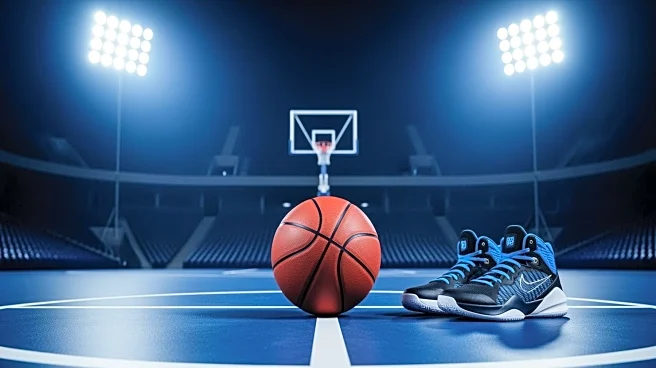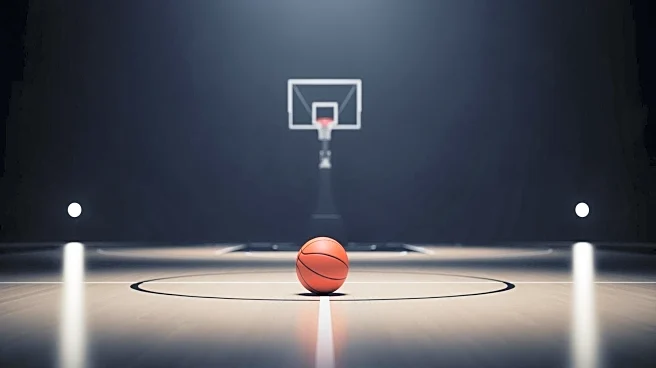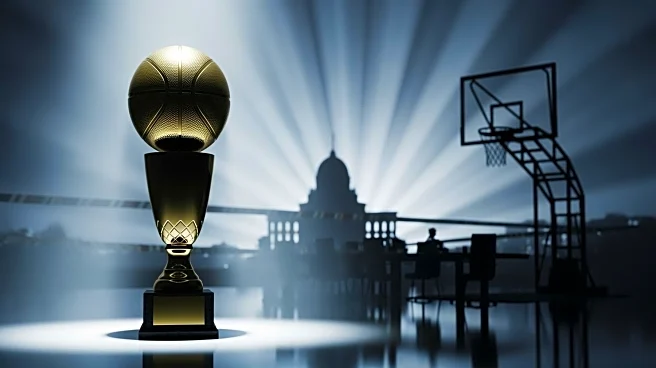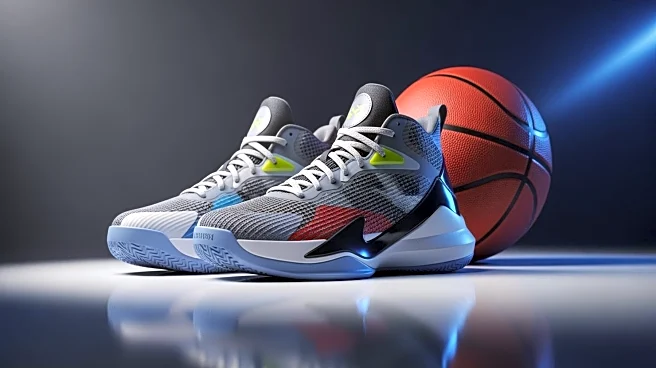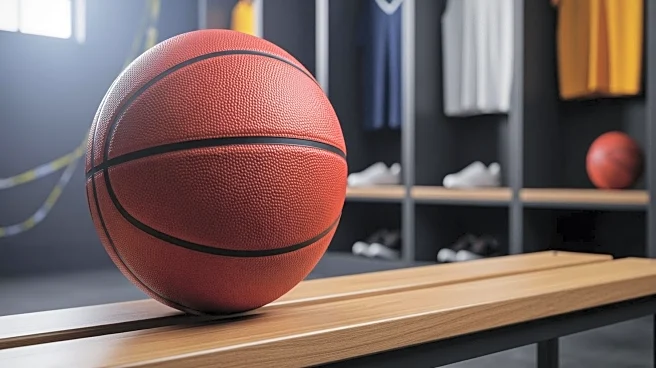What's Happening?
Lexie Hull, a player for the Indiana Fever, has spoken candidly about the jealousy directed at her team due to the presence of Caitlin Clark, a highly popular player in women's basketball. Despite Clark's
injury-plagued season, the Fever reached the WNBA Semifinals, drawing large crowds both in support and opposition. Hull notes that the Fever's success and media attention have led to a competitive atmosphere where other teams are motivated to defeat them, highlighting the impact of Clark's popularity on the team's dynamics and league perceptions.
Why It's Important?
The Fever's situation illustrates the influence of star players on team popularity and league dynamics. Caitlin Clark's presence has elevated the Fever's profile, attracting both fans and detractors, which can affect team morale and performance. This scenario underscores the role of individual athletes in shaping team identity and the competitive landscape, highlighting the potential for star power to drive engagement and rivalry within sports leagues.
What's Next?
As the Fever continue to navigate the challenges of heightened attention and competitive pressure, they may focus on leveraging Clark's popularity to enhance team cohesion and performance. The team will likely aim to capitalize on their increased visibility to attract more fans and sponsors, while addressing the competitive dynamics that come with being a high-profile team. The Fever's approach to managing these challenges could set a precedent for other teams with star players.
Beyond the Headlines
The Fever's experience raises questions about the balance between individual star power and team dynamics in sports. As athletes like Clark continue to draw significant attention, teams may need to develop strategies to manage the associated pressures and opportunities. This situation could lead to broader discussions about the role of media and fan engagement in shaping sports culture and the importance of maintaining team unity amidst external influences.




